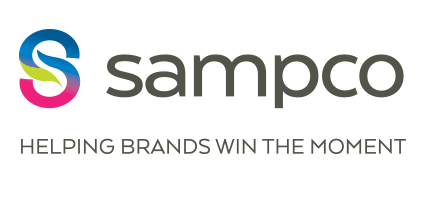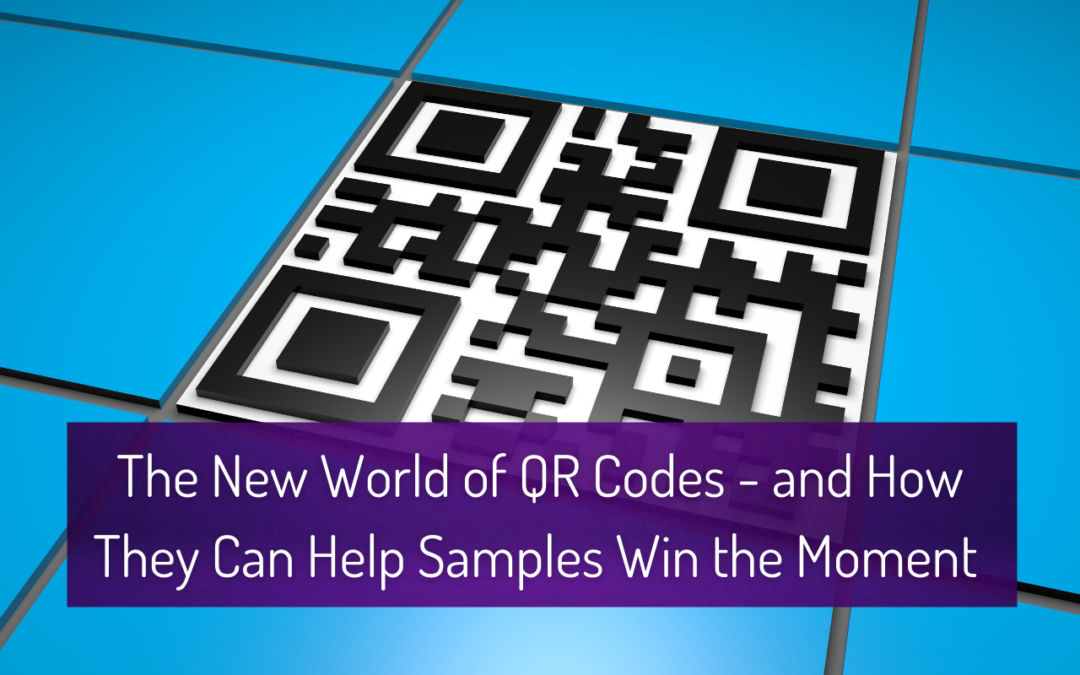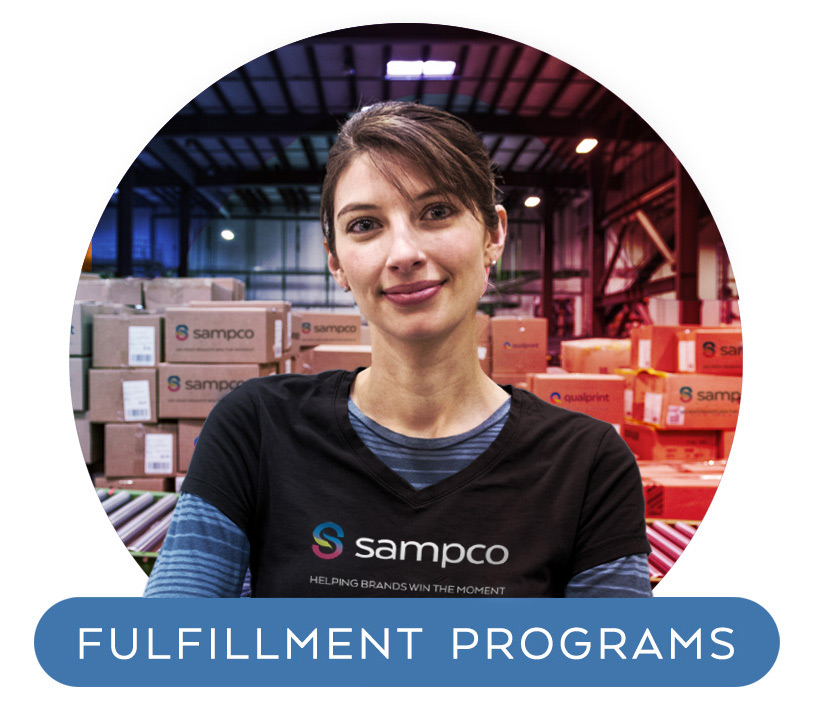QR codes – or Quick Response codes – were invented in 1994 by a Japanese engineer named Masahiro Hara. He described their purpose like this, “The QR code is to connect people and information.” And QR codes do this well, simply and intuitively. Use your camera to scan a QR code, and then it takes you anywhere on the web the code’s owner wants you to go – without having to memorize or enter a URL.
The history of QR code use in the U.S. has been a little rocky. Initially billed as the best thing since sliced bread, many companies and businesses jumped in and found themselves stumped by a seeming lack of interest on the part of the public. Several things got blamed for this. The fact that users originally had to download a QR code reader to their mobile device to use the codes is one factor. Some people and businesses also used them clumsily – like putting them on roadside billboards where you were supposed to take a quick photo of them – or using them in subway stations with no internet availability.
Issues like these led some digital pundits a few years back to famously describe QR codes as a “laughingstock” and as the “Jurassic Park” of marketing. So for a while it seemed like QR codes in the U.S. were a failed experiment. But that wasn’t exactly the case. In other countries, QR codes have been used continuously and successfully for all kinds of applications. According to the New York Times, they’re ubiquitous in China where they help support as many as 90% of online payments.
But now in the past few years, QR code use in the U.S. is skyrocketing. Bitly, a company that shortens URL links, said QR code downloads have increased 750% in the past 18 months. One reason for this is that most mobile devices now have a built-in code reader. No more app downloads. Another, not surprisingly, is the pandemic because QR codes offer a touchless way for people to connect to information.
How QR Codes Are Being Used Today
If you think about what QR codes do – link people to information – their uses become endless. Here’s a few of the more novel examples:
- Schools are using QR codes to connect home bound kids to study materials
- Retail stores, concerts, hospitals, universities and other businesses are using QR codes for health checks. People go online, fill out a CDC recommended health questionnaire and get back a QR code that can be scanned at the door to clear them for entry
- Vaccination sites use them to connect people to the latest scheduling information
- Restaurants are using codes to skip printing and handing out paper menus (and to reduce staffing) by allowing people to scan a code at their table that takes them to menu information – and in many cases also allows them to place an order. The National Restaurant Association estimates that now half of all restaurants are using QR code menus.
- Businesses who offer free WIFI – like hotels and coffee shops – are letting visitors use QR codes to replace the often painful process of putting in a WIFi password
- Business cards use QR cards to offer links to downloadable contact information
- QR codes on food packages are being used to link buyers to recipe ideas including how-to videos
- Museums are putting them next to paintings and sculptures to provide more information on the artist and artwork
- Medical products, like pharmaceuticals, link people to short informational videos – far more likely to be watched than the current informational pamphlets are to be read
- Movie ads or posters take you to the trailer
- One Washington state monument manufacturer puts codes on headstones to link visitors to online “memorials” for the deceased
QR Applications for Building Materials Manufacturers
How can QR codes help building materials manufacturers win the moment and the sale for their brands? The best answers come from considering these four factors:
- Some of the most expensive marketing materials used by building materials manufacturers are samples and product displays – both of which are typically expected to have a multi-year shelf life and often end up carrying outdated information before that life is through
- Samples and retail displays are often notoriously short on the space needed to give potential buyers all the information they need to say “yes”
- When someone scans a code – or multiple codes – you have the opportunity to learn very specific things about that person and their interests and to customize your responses
- A printed QR code can remain the same, but what it links to can be changed and updated endlessly
So, some of the best applications for building materials are using codes to link potential buyers – or contractors, designers and retail salespeople – to better, richer information in more interesting formats (e.g., videos vs. web copy) and to keep it always up to date or even change what kind of content the code links to. And to potentially personalize any future contacts you have with the code user. Here are some thought starters for potential content to link buyers or sellers to:
- Installation videos for homeowners and/or contractors
- Care and maintenance instructions
- Newest products, colors and patterns
- Visualizers
- Current pricing or promotional information
- Additional info on anything – product sustainability, availability, performance, causes supported by the manufacturer, upcoming events like home design seminars or how to find a contractor near you
And don’t forget that if you collect any information from a code user you can personalize any followup emails or direct mail – for instance, “If you like this, you might really be interested in this” – or, “Did you know that there’s a big sale on these complimentary products?” In fact, the ways QR codes can be used to help you win the moment and the sale are virtually endless. And the key to your success is starting with what your brand is all about, and then linking people to the best, relevant content to help you win the sale. If you need help – either coming up with ideas – or applying them to your samples, retail graphics or collateral – you know what to do.




